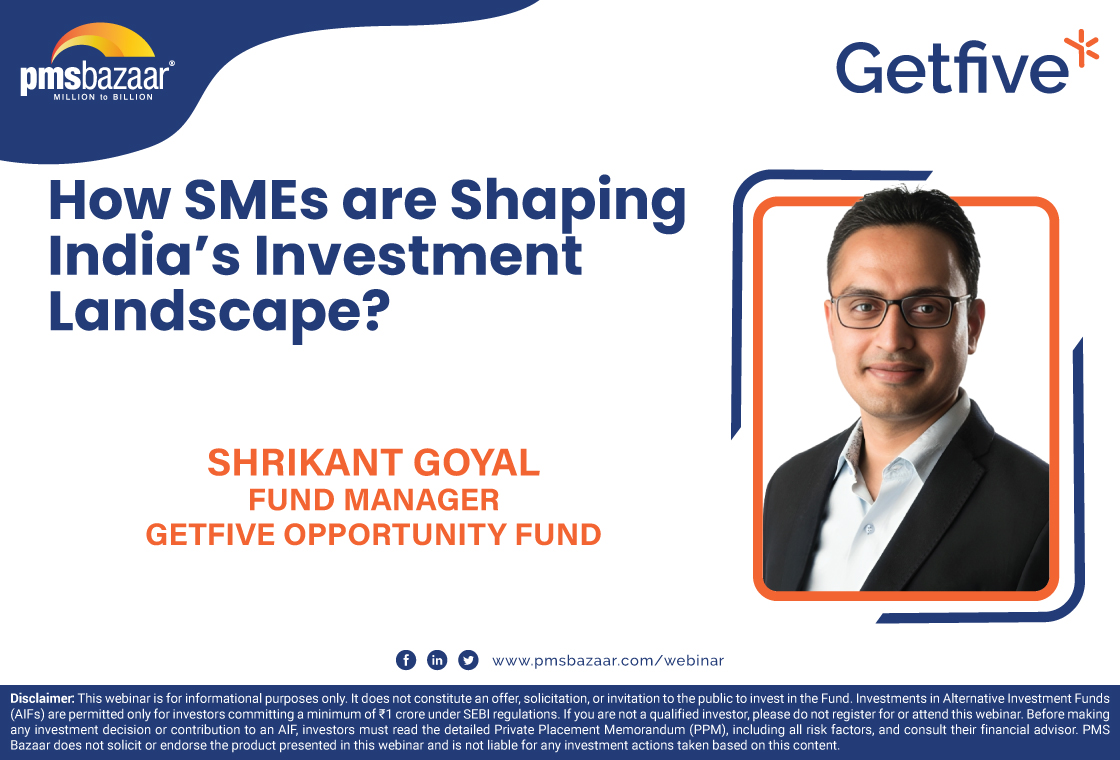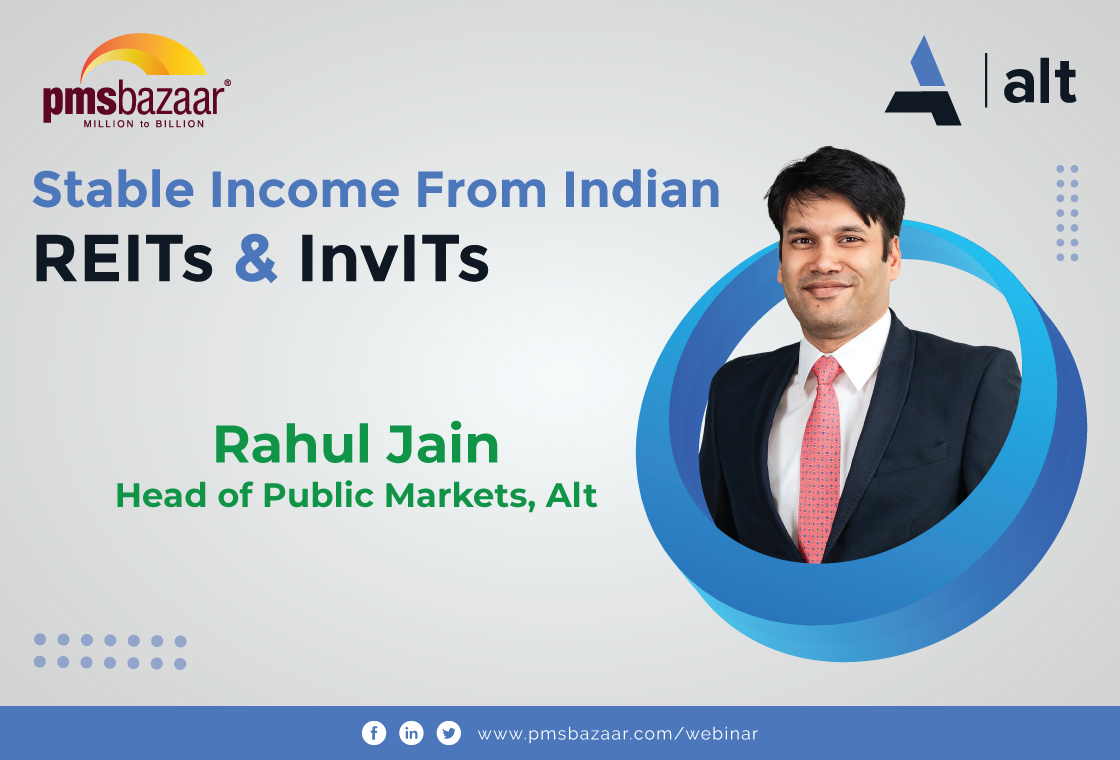Selling an investment idea is all about narratives and it is easy to push across an idea that is in currency. When you buy the wrong narrative, you end up making an investment mistake and these are the investment mistakes to avoid.

Some of the popular investing narratives that we hear are that investors need to invest only in high-quality stocks ignoring valuations for such businesses. Another popular narrative is that investors’ portfolios must comprise stocks of disruptive businesses irrespective of their valuation or even if they are valued differently. Besides, there is this common narrative that investors should avoid investing in cyclical, infrastructure, and asset-heavy sectors irrespective of their positive valuations.
According to Mr. Abhishar Jain, Head & Fund Manager, Monarch AIF, “Sound investment needs a balance of return and risk; it is not about growth investing or value investing, it is about rational investing across time periods”.
However, the last 3-5 years or recent trends are generally extrapolated too much by intermediaries, and risks are forgotten by investors. Hence, investors must focus on valuation. A valuation excess can leave investors with time for value correction (stock correction).
To understand it better, Mr. Jain undertook a simple exercise to measure the magnitude of valuation expansion in high-quality stocks in India in the last 7-10 years and try to ascertain if there is an inflection point in this relentless up-move. He identified a list of 'Scary' and 'Relatively Safe' stocks within the 'Super Quality Stocks' basket using Red/Green flag analysis, as well as quantifying the expected returns from these stocks over the next three years using some reasonable yet optimistic assumptions.
A bucket of 55 'Super Quality Stocks, was created which had the following characteristics:
- 7 years EBITDA (earnings before interest, taxes, depreciation, and amortization) and
- 7 years PAT (profit after tax) CAGR10%, indicating strong growth consistency
- Average ROCE (return on capital employed) of 15%+ over the last two years, indicating solid capital allocation history;
- TTM P/E (Trailing Twelve Months P/E) of 40x+ and TTM EV/EBITDA of 25x+ indicate that the market likes these companies' quality, governance, and growth.
- A market capitalization of more than INR 5000 crore and a 10-year financial history
Key findings showed that the basket's average multiples are substantially over historical averages and it refuses to correct and instead continues to extend. The valuation expansion since FY16 has been rapid, but the average multiple from FY15 to FY16 was more in line with 7yr/10yr averages. The basket's current valuations are at a premium of 100% to their 7Y averages as well as the FY15-16 average, with a premium of 170-200% compared to the FY12-17 average valuations for the same basket.
So what are the possible reasons for such large valuations? The enormous value increase and the overall magnitude of exceptional occurrences since FY16, along with high flows, have resulted in the construction of a valuation bubble in 'Super Quality Stocks' in the last 5 years. Events in the market such as Demonetisation, GST implementation, SBI MF reclassification, NBFC-IL&FS crisis, and the Covid-19 crisis led to the creation of large and safe equities.
Money managers require a framework to deal with the problem of determining the best approach for this 'Super Quality Stocks' basket, therefore, it is done analytically. While it may be tempting to recommend that the entire basket of 'Super Quality Stocks' is untouchable ( not easily affected by external factors) based solely on valuations, a thorough analysis must be conducted based on red flags and green flags assigned to each stock based on nine different parameters (growth, valuations & ROE). The flags are intended to determine the extent of a valuation excess rather than to determine the quality of a business.
Based on the findings two kinds of stocks within the basket of 55 'Super Quality Stocks' are identified- Scary Super Quality Stocks and Relatively Safe Super Quality Stocks.
Scary stocks exhibit 6 or more RED flags out of the 9 parameters analyzed, and as a result, they may continue to be vulnerable to de-rating, resulting in low returns and/or time correction. Although trading at extraordinarily high valuations, the majority of firms in this group have achieved EBITDA CAGRs below 15% over the last five years.
Relatively safe stocks have 5 or more GREEN Flags out of 9 parameters and hence could be less susceptible to de-rating. However, they can only be described as "somewhat safe," not "totally safe". There are only three stocks on this list that qualify for our 'Super Quality Stocks' basket.
So, what factors could lead to correction/normalisation in valuation multiples of ‘Super Quality Stocks’? According to Mr. Jain, “Earnings growth expectations for 'Super Quality Stocks' would stay very high (given the prices), and there could be a moment when all types of earnings (low and high) would be perceived as disappointing by the market, resulting in a de-rating”. This letdown is due to in-built multiple-led high growth expectations. Growth of 25-30% over some periods used to result in stock corrections, as it did in the IT sector from 2002 to 2005 (owing to higher expectations and multiples).
Global liquidity conditions are tightening, and the Federal Reserve is raising interest rates, limiting inflows, particularly to passive ETFs. Because the majority of 'Super Quality Stocks' is among the top 250 stocks in the listed universe, passive ETF flows into various indices have benefited them even more. As the world exits the easy liquidity conditions and interest rates are hiked internationally over the next two years, inflows will be forced to make an educated choice of where to be deployed, based on greater risk-reward objectivity rather than only in excellent hiding spots.
“A shift in market sentiment towards value stocks within the top 200/500 stocks could occur gradually, and once 'Super Quality Stocks' begin to falter in returns, the vice-versa loop could accelerate the normalisation process on the way down”, says Mr. Jain. Markets are also starting to notice that many other good businesses with high-quality financial and capital allocation are accessible at considerably lower values and that these names may witness a shift in favour of them. There may even be a movement in quality names from the current breed of "Super Quality" to a different area of quality with a lower price tag.
This blog is based on a very informative webinar presented by Mr. Abhisar Jain, CFA, Head & Fund Manager, of Monarch AIF. He covered all the above-mentioned insights and answered some questions from the audience towards the end of the session. Watch the recording of this insightful session through the appended link below:
Get access to rich data and analytics of PMS & AIF by subscribing to us. Join the 37000+ investors & experts now: https://pmsbazaar.com/Home/Login
Recent Blogs
.jpg)
Passively Active Investing — A Modern Investor’s Lens on ETF-Based PMS
PMS Bazaar recently organized a webinar titled “Passively Active Investing — A Modern Investor’s Lens on ETF-Based PMS,” which featured Mr. Karan Bhatia, Co-Founder and Co-Fund Manager , Pricebridge Honeycomb ETF PMs. This blog covers the important points shared in this insightful webinar.

Spot the Trouble: Red Flags in Equity Investment Analysis
PMS Bazaar recently organized a webinar titled “Spot the Trouble: Red Flags in Equity Investment Analysis,” which featured Mr. Arpit Shah, Co-Founder & Director, Care Portfolio Managers. This blog covers the important points shared in this insightful webinar.

Long-Only AIFs Rebound Sharply in October; Long-Short Strategies Lag Despite Lower Volatility
106 long-only AIFs averaged 3.68% vs 32 long-short AIFs at 2.7%; only 24–31% of funds beat key indices

Markets log strongest monthly gains in 7 months; PMS performance turns near-uniform in October
Nifty 50 TRI gained 4.62%, BSE 500 TRI rose 4.27%; 415 of 427 equity PMSes ended positive

How SMEs are Shaping India’s Investment Landscape?
PMS Bazaar recently organized a webinar titled “How SMEs are Shaping India’s Investment Landscape?” which featured Mr. Shrikant Goyal, Fund Manager, GetFive Opportunity Fund.

Stable Income from Indian REITs and InvITs
PMS Bazaar recently organized a webinar titled “Stable Income from Indian REITs and InvITs,” which featured Mr. Rahul Jain, Head of Public Markets, Alt.

5 Key Considerations Before Investing in AIFs in India
Alternative Investment Funds (AIFs) have emerged as a compelling option for sophisticated investors seeking diversification and potentially superior returns. But venturing into AIFs requires a clear understanding of their unique characteristics that go beyond simply knowing what they are and their categories.

How AIF can help in diversification?
Traditionally, Indian investors have relied on a mix of stocks and bonds to build their wealth. While this approach offers diversification, it can still leave your portfolio vulnerable to market fluctuations. Enter Alternative Investment Funds (AIFs), a dynamic asset class gaining traction for its ability to unlock diversification beyond the realm of conventional options.

